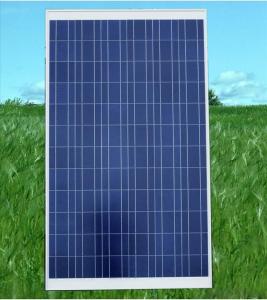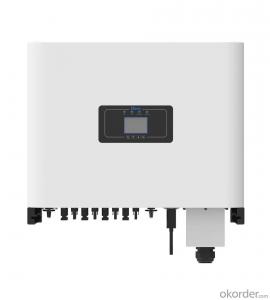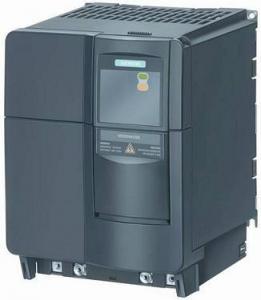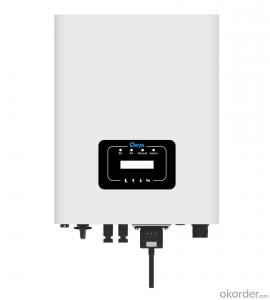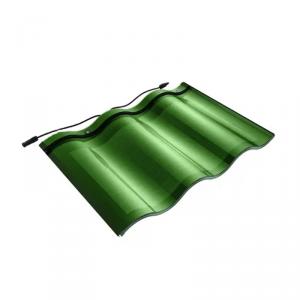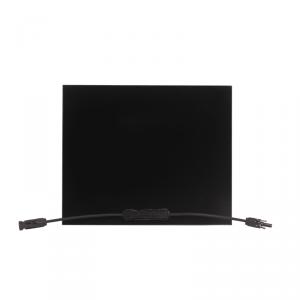120/240 Volt Solar Inverter
120/240 Volt Solar Inverter Related Searches
120v Solar Inverter Solar 120v Inverter 240 Volt Solar Inverter Solar Inverter 240v 240v Solar Inverter Solar Inverter 12v To 240v 12v To 120v Solar Inverter Solar 12v To 240v Inverter 240v Inverter Solar Solar Panel 120v Inverter 12 Volt Solar Inverter 12v Solar Inverter 12v Solar Power Inverter 220 Volt Solar Inverter Solar 220v Inverter 12v To 220v Solar Inverter Solar Power Inverter 12v 12 Volt Solar Panel Inverter 220v Solar Inverter 1200 Watt Solar Inverter 230v Solar Inverter 12v Solar Panel Inverter Solar Solar Inverter Solar Inverter 12v To 220v Solar Inverter 230v 24 Volt Solar Inverter 220 Solar Inverter Solar 24v Inverter 24 Volt Solar Power Inverter 24 Volt Inverter Solar120/240 Volt Solar Inverter Supplier & Manufacturer from China
The 120/240 Volt Solar Inverter is a versatile product designed to convert solar energy into usable electrical power for various applications. These inverters are engineered to handle both 120-volt and 240-volt systems, making them suitable for residential, commercial, and industrial settings. They play a crucial role in the solar energy system by ensuring that the electricity generated by solar panels is compatible with the electrical grid or appliances.The 120/240 Volt Solar Inverter finds its application in a wide range of scenarios, from powering homes and businesses to supporting off-grid systems in remote areas. They are particularly useful in areas with fluctuating power supply or where electricity is expensive, as they can help reduce dependence on the grid and lower energy costs. These inverters are also essential in situations where backup power is needed, such as during power outages or in regions prone to natural disasters.
Okorder.com is a leading wholesale supplier of the 120/240 Volt Solar Inverter, offering a vast inventory of high-quality products at competitive prices. With a commitment to customer satisfaction and a focus on providing reliable and efficient solutions, Okorder.com ensures that customers have access to the latest technology in solar energy conversion. Their extensive range of inverters caters to different power requirements and system configurations, making them a one-stop-shop for all solar inverter needs.
Hot Products


